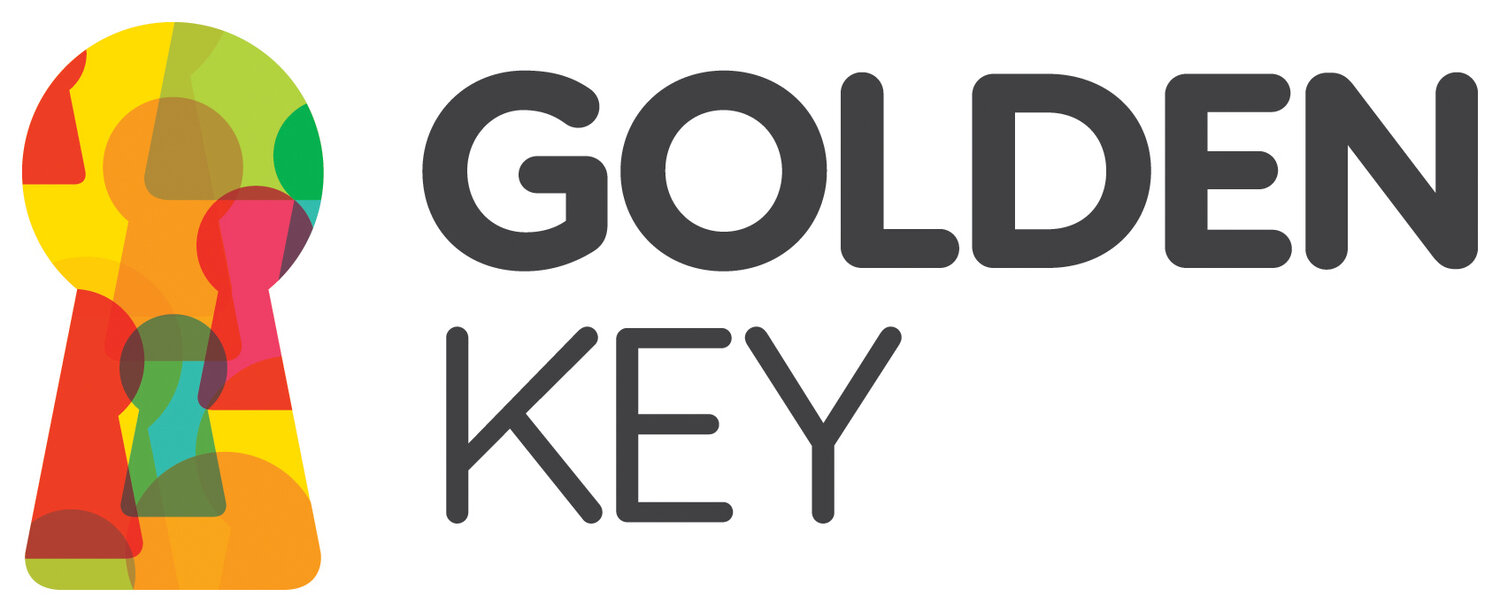Relationships, Collaboration and Reflection
In Golden Key’s work, and in the amazing work we have seen all over the city, we have noticed three closely connected elements which seem to help people to work more effectively with complex problems, complex people and complex situations. We have called these the 3 Pillars.
In this blog, Tom Dunn, Senior Service Coordinator tells us how the 3 Pillars came about.
How did the Three Pillars project come about? What sparked it off and what is your personal involvement on it?
The idea for the Three Pillars emerged from the Service Coordinator Team, the Golden Key team that work directly with clients and coordinate their support. This kind of work can get very complex. There are lots of different perspectives and opinions involved and often no right or wrong answers. Sometimes things can feel a bit overwhelming or stuck. As team lead I wanted to find something simple that would help us all navigate and make sense of these situations.
How was it developed?
The concept was developed through reflective conversations with team members. We held a series of workshop sessions to explore and make sense of the different parts of our work. At the time we were faced with competing priorities; it felt a bit like our situation was mirroring the complexity of the people we were supporting and the wider system itself.
The aim was to create a tool that could be used in all areas of our work activities. We thought together about different theories and ideas that we already used; things like trauma-informed care principles, systems thinking and systemic practices. We also looked at newer strategic models like the Human Learning Systems (Human Learning Systems). During these sessions we noticed that our theoretical knowledge and the learning from our practice was really aligned.
In the past, the team had often felt like they were supposed to be striving towards some kind of goal or solution with their work. It was as if they were supposed to arrive at a point in time where the client or the system would have clearly changed to this new desirable state.
Our realisation was that change wasn’t happening because of these intentions; it was happening because we were creating the right type of conditions for change to occur. We were being curious, using questions and reflection, forming strong relationships across sectors and supporting others to hold uncertainty. We were creating the space for everyone supporting a client to think together and share accountability. The three pillars captures this learning.
How would you best sum up the approach?
The Three Pillars creates a starting place for exploring a complex or stuck situation. The idea is that you identify some simple actions to improve the relationships, collaborations or reflective opportunities within the context of the issue you are addressing. When you do this, new ideas and perspectives will emerge and help move things forward. We have found it useful for different types of challenges, including support planning, inter agency meetings, supervision sessions and evaluation processes.
Do you have any practical examples of it?
We have used the Three Pillars to frame outcomes and milestones within our project roadmap. It has helped provide meaning and consistency within monitoring and reporting processes. We have also used the pillars to structure reflective practice groups and a regular meeting we have about system change learning. Externally, it is helpful with planning multi agency meetings, and structuring conversations with other professionals when planning interventions.
What would be your ideal result of people adopting these ideas?
I would like to see the tool disseminated across the wider system and be tested within different settings. I would like to hear how these principles have helped people in different contexts improve their practice.
In the short term, I think it could really support the implementation of the My Team Around Me model within the city and be used for induction and training purposes.
Ultimately, I would like this approach to be part of developing new ways of thinking and working across the health and social care sectors and influence how services are commissioned. It is a simple and powerful way to introduce people to working with complexity.
